


Search for Exospheric Refilling and Emitted Natural Abundances (SERENA) is an instrument package onboard Mercury Planetary Orbiter (MPO) of the ESA/JAXA BepiColombo mission to Mercury. It is a key experiment for the investigation of the Mercury environment having both neutral and ionised particles detection systems. It is an instrument composed of four units connected togheter.
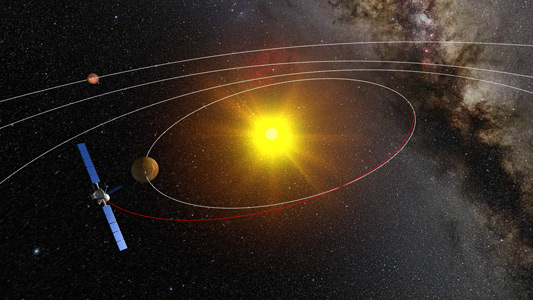
Here you can follow the SERENA's journey to Mercury. Discover the actual position of BepiColombo in the Solar System. Check the distance from the Earth, from Mercury, from the Sun and the kilometers travelled by the satellite. Run the tool to verify the orbit, the important milestones and to simulate the whole route from launch to the arrival to Mercury.

SERENA is a key experiment for the investigation of the Mercury environment having both neutral and ionised particles detection systems, and that will be able to provide information about the whole surface–exosphere–magnetosphere system, as well as about the processes involved in this system, subjected to strong interaction with the SW and the interplanetary medium.
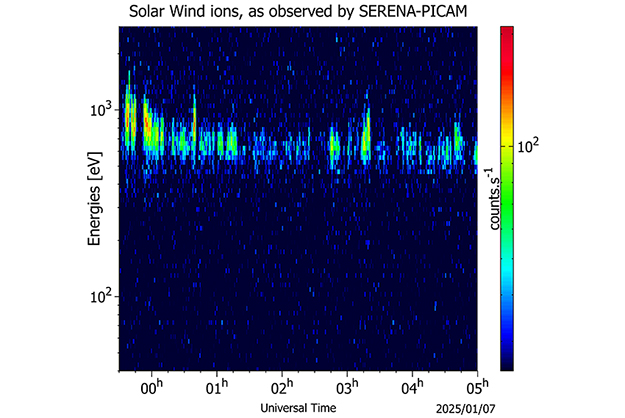
While approaching for the 6th and last flyby at Mercury on January 8 with closest approach at 05:59 UTC, SERENA PICAM and MIPA sensors were already operational and measuring the solar wind. This final flyby is needed to reduce the spacecraft’s speed and change its direction to almost equatorial; hence, the spacecraft trajectory moved from the southern hemisphere and passed above the north polar region.
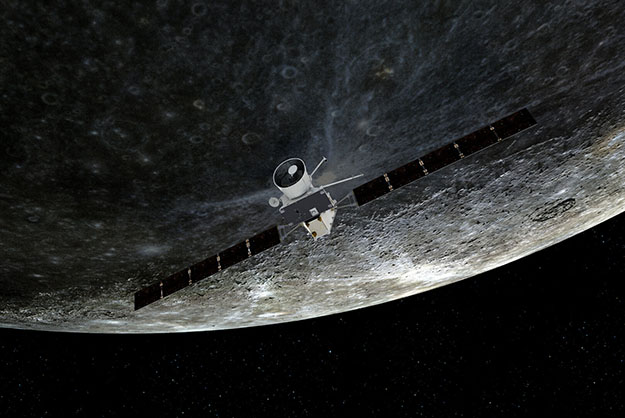
The 7th SERENA meeting will be hosted by the PICAM team at the Space Research Institute (Institut für Weltraumforschung - IWF) of the Austrian Academy of Sciences in Graz on March 18-19. Jointly, the HEWG meeting will follow in the days March 20-21.
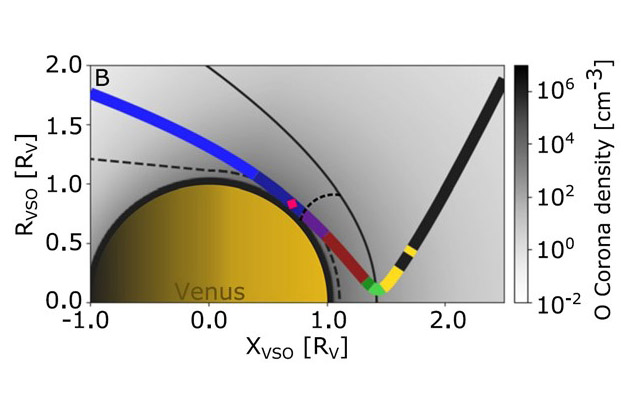
A new publication on Nature Communication including SERENA/MIPA data shows a rare multipoint synergistic observation during the second Bepi flyby at Venus (August 10th 2021). The observations near the subsolar magnetosheath show a passage through the almost unexplored stagnation region, evidencing that it is capable of withstanding the solar wind also under low dynamic pressure.
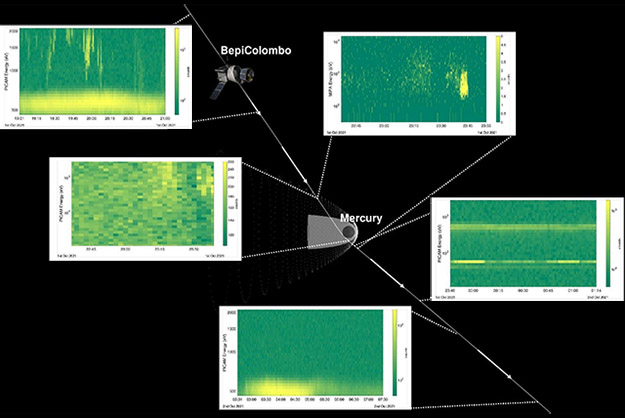
On November 30th the first paper on SERENA science at Mercury has been published on Nature Communications. PICAM and MIPA observations during the first Mercury flyby on October 1st 2021 are interpreted in light of the traversed regions inside and outside the magnetosphere, and different ion populations are identified.
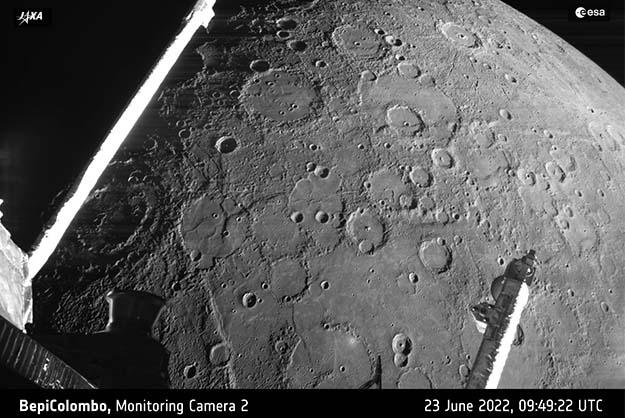
On June 23th at 09:44 UT BepiColombo performed the second flyby at Mercury. The trajectory was similar to the one of the first flyby, approaching from the night time (and magnetic tail) and exiting from the dayside, and with a closest approach of 198 km altitude. As for previous planetary flybys, both MIPA and PICAM sensors operated during the whole flyby, and data are now under analysis.